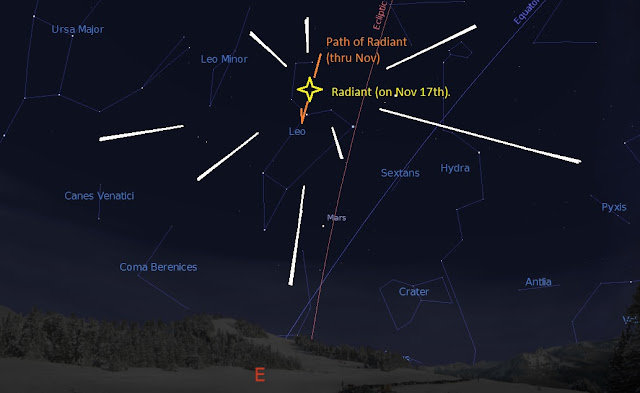How do we know that the sun is a star? -- and, that we live in a galaxy full of stars?
How do we know what the distances between those stars are?
How did we conclude that the moon and planets are illuminated by reflected sunlight, and, not through their own, intrinsic illumination?
How do we know how big the universe is, and, of what materials it is composed?
By guesswork? By simple reasoning? By concluding what we want to conclude?!
No -- never...
The answers to some of those questions come by way of Newton, Galileo, Herschel, the telescope, and the spectroscope - (and, yes - true, genuine, unadulterated genius, at least, in the case of Newton).
To understand these things, one has got to have some grasp, of the long hours of hard work, done by many people - sometimes, extended out, over several generations.
But, all of it was done, methodically, one step at a time. Those steps are preserved in records - written at the time, by the very people who took those steps - and exist in the various university libraries, public archives, etc. These documents, and others like them, are known as, "Primary Sources", or, "Original Sources". One notable example of an original source document, is Galileo Galilei's letter to the Duchess of Tuscany, on what he had observed through his telescope, which, has been, ever since, preserved by the Royal Archives, in Great Britain, and is available for public view. Most any college or university has a Primary Source repository, or access, to one.
One, major distinction, in perusing any primary source, is its wonderful lack of hype, sensationalism, opinions, fake news, and, perhaps, best of all (in my opinion) -- no "pseudo scientists"!
Astronomers - professional, amateur, and citizen, alike - are, still, today needed to make observations, visually, or photographically of the night sky. One way to do this is by the use of remote, robotic telescopes and astrographs, like those, here at Insight Observatory.
Dale Alan Bryant
Senior Contributing Science Writer
Read More
How do we know what the distances between those stars are?
How did we conclude that the moon and planets are illuminated by reflected sunlight, and, not through their own, intrinsic illumination?
How do we know how big the universe is, and, of what materials it is composed?
By guesswork? By simple reasoning? By concluding what we want to conclude?!
No -- never...
 |
| Vintage Engraving, Early Spectroscopy Using Prisms - Drawing by Luisa Vallon Fumi |
The answers to some of those questions come by way of Newton, Galileo, Herschel, the telescope, and the spectroscope - (and, yes - true, genuine, unadulterated genius, at least, in the case of Newton).
To understand these things, one has got to have some grasp, of the long hours of hard work, done by many people - sometimes, extended out, over several generations.
But, all of it was done, methodically, one step at a time. Those steps are preserved in records - written at the time, by the very people who took those steps - and exist in the various university libraries, public archives, etc. These documents, and others like them, are known as, "Primary Sources", or, "Original Sources". One notable example of an original source document, is Galileo Galilei's letter to the Duchess of Tuscany, on what he had observed through his telescope, which, has been, ever since, preserved by the Royal Archives, in Great Britain, and is available for public view. Most any college or university has a Primary Source repository, or access, to one.
One, major distinction, in perusing any primary source, is its wonderful lack of hype, sensationalism, opinions, fake news, and, perhaps, best of all (in my opinion) -- no "pseudo scientists"!
 |
| Insight Observatory's network of remote robotic telescopes - ATEO-1, ATEO-2A, and ATEO-3. |
Astronomers - professional, amateur, and citizen, alike - are, still, today needed to make observations, visually, or photographically of the night sky. One way to do this is by the use of remote, robotic telescopes and astrographs, like those, here at Insight Observatory.
Dale Alan Bryant
Senior Contributing Science Writer





